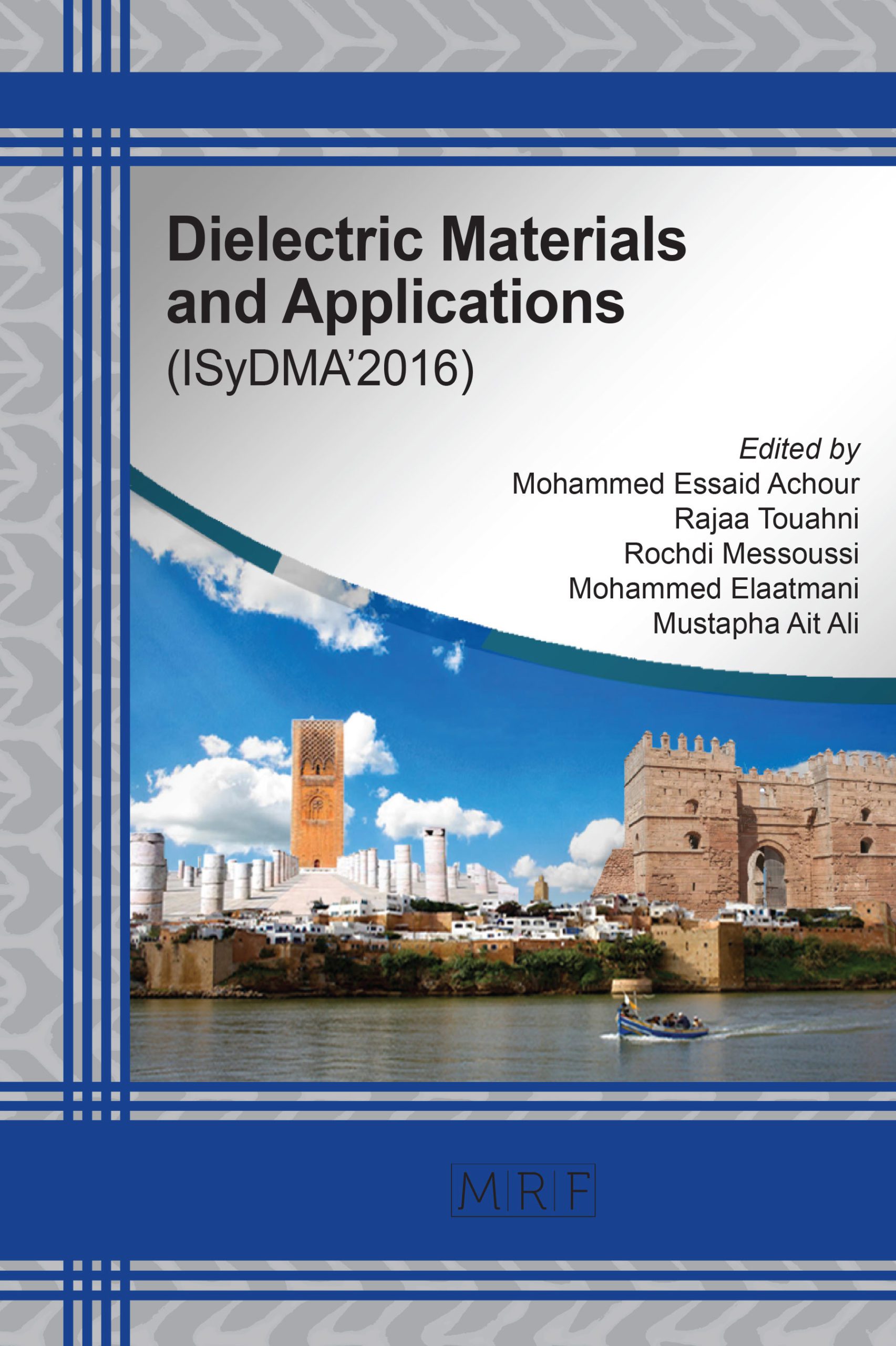F. BABAGHAYOU, B. ZEGNINI, T. SEGHIER
Abstract. The Buried pipelines of gas and oil, are already protected from corrosion, first by an insulation coating and second by a cathodic protection (CP). The latter reduces the amount of corrosion in order to avoid eventual damage. But, the presence of alternating-current´s interferences due to the high voltage power lines nearby, could cause serious corrosion damage on metallic structures, even in CP conditions. Our laboratory’s research aims to explain the basic mechanisms of corrosion (electrical and electrochemical) by the alternating current and how to minimize its impact on pipelines. We started an experimental study by modeling the studied phenomenon. The results show that the induced AC current causes the corrosion of the sample that was protected by the CP. Then we continued our study by a numerical simulation of the process. Which gives an Eoff (Reference potential measured close to the iron sample) exceeding the immunity zone, a strong oxidation of iron, significant reduction of oxygen, a high liberation of Hydrogen and a clear sample deformation. Lastly, we set up a monitoring and correction program to bring the Eoff, in the presence of AC, in the corrosion immunity zone according to standards, this program was able to minimize the reactions of the electrochemical process and prevents sample deformation.
Keywords
Corrosion, Cathodic Protection, Pourbaix diagram, Reference Potential, Immunity Zone
Published online 12/10/2016, 5 pages
Copyright © 2016 by the author(s)
Published under license by Materials Research Forum LLC., Millersville PA, USA
Citation: F. BABAGHAYOU, B. ZEGNINI, T. SEGHIER, ‘Study of corrosion by alternating currents on buried and cathodically protected pipelines near high-voltage power lines’, Materials Research Proceedings, Vol. 1, pp 122-126, 2016
DOI: http://dx.doi.org/10.21741/9781945291197-31
The article was published as article 31 of the book Dielectric Materials and Applications
References
[1] Lucio Di Biase, Ferdinand Stalder,”Corrosion par courant alternatif sur les canalisations cathodiquement protégées”, CEOCOR – 2001.
[2] Maud BARBALAT, “Apport des techniques électrochimiques pour l’amélioration de l’estimation de l’efficacité de la protection cathodique des canalisations enterrées”, ÉCOLE DOCTORALE Gay Lussac, Sciences pour l’environnement, 2012 ;
[3] Andrea Brenna, “A proposal of AC corrosion mechanism of carbon steel in cathodic protection condition”, Politecnico di Milano 2009-2011 ;
[4] Rob Wakelin, Bob Gummow, and Tom Lewis, “CP 3–Cathodic Protection Technologist – COURSE MANUAL”, NACE, July 2008 ;
[5] Nguyen-Thuy LE, “Protection cathodique V.1.1”, INERIS, Jan 2008 ;
[6] C.GABRIELLI, H.TAKENOUTI, “Méthodes électrochimiques appliquées à la corrosion – Techniques stationnaires”, Techniques de l’Ingénieur, Juin 2010 ;
[7] R.A. Gummow, “A/C Interference Guideline Final Report”, Canada Energy Pipeline Association, June (2014) ;
[8] B.D. Yadav, “Due to Interference from High Voltage Transmission Line”, Pipeline Technology Journal p. 30-34 (2016) ;
[9] C. Brelsford, “Mitigating AC Corrosion on Cathodically Protected Pipeline”, Pipeline & Gas Journal, October (2015) ;
[10] Ziouche, N. Zoubir, A. Hamraras and H. Beldjouhar, “Comportement Electrochimique d’un Acier Inoxydable Duplex (LDX2101) dans Différentes Concentrations de HCL”, Recherche et développement, Bulletin d’information N°6 Décembre (2014).































